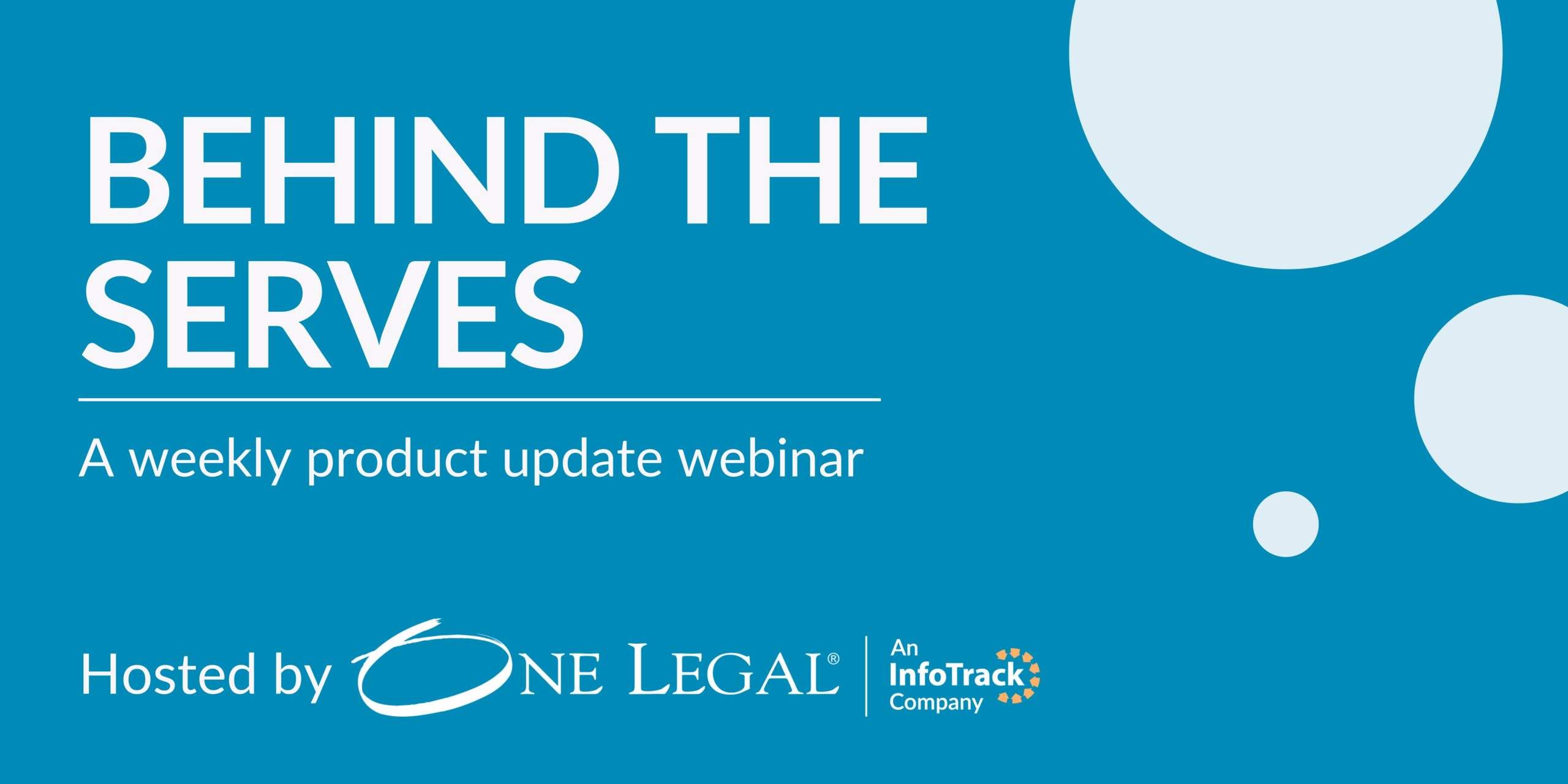The advent of legal predictive analytics (PA) marks a revolutionary era in litigation like nothing we’ve ever seen before.
In this article, we’ll explore how legal PA is reshaping civil litigation and how it can provide attorneys, particularly those new to AI, with capabilities they never dared to dream of previously.
Legal predictive analytics is shifting the landscape
Let’s face it, there’s not a lot of “new” when it comes to litigation. In fact, according to some historians, litigation is a process that humans have used to resolve disputes since ancient Mesopotamia (1792-1750 BCE), when Hammurabi’s Code was the law of the day.
And sure, we’ve seen some great innovations along the way – eDiscovery, online dispute resolution, and legal case management software, among them.
This innovative tool, rooted in the power of data science and artificial intelligence (AI), offers a new lens through which attorneys can navigate the complexities of legal cases.
Because there’s so much to talk about here, we’re going to give you an overview of this new and powerful tool – but each area of utility could be a full article in and of itself. So, let us know if you want more information about any of these topics!
eDiscovery: The emergence of predictive analytics in legal practice
The journey of predictive analytics in law actually began within a sector we mentioned earlier – eDiscovery. Although eDiscovery was, in and of itself, a game changer, attorneys quickly found themselves at a crossroads.
While eDiscovery allowed legal professionals to move away from the cumbersome task of manually reviewing entire rooms filled with banker’s boxes of documentary evidence, they still faced the daunting task of sifting through enormous volumes of electronic data to identify relevant information for cases.
The main difference was that now they could review documents on a screen from anywhere, as opposed to being stuck at the office for weeks on end.
Enter predictive analytics. In eDiscovery, predictive analytics uses machine learning algorithms to analyze large datasets of electronic documents.
It identifies patterns, keywords, and concepts relevant to a legal case, learning from user inputs and decisions. As more data is reviewed and categorized, the system becomes better at predicting which documents are likely to be relevant or irrelevant.
This process, known as predictive coding, significantly speeds up eDiscovery by automatically classifying documents, reducing the amount of manual human review required, and improving the overall accuracy and efficiency of the document discovery process.
Analyzing privilege
Of course, predictive analytics isn’t a technology reserved for those on the receiving end of discovery. Legal professionals on the producing end often face countless hours of reviewing their own clients’ documents for the purpose of culling out anything that is subject to the attorney-client privilege, work-product doctrine, or other similar privileges.
Predictive analytics can help with analyzing documents subject to privilege claims by using algorithms to identify and segregate privileged information.
It does this by using initial lawyer inputs to scan and review large volumes of discovery documents, all the while learning to recognize patterns indicative of privileged content.
This automated process efficiently filters out sensitive documents, reducing the risk of inadvertent disclosures and ensuring compliance with relevant standards for document production. Thus, it enhances the accuracy and speed of the discovery process while maintaining the confidentiality of privileged communications.
Forecasting the future
One of the most impactful uses of legal PA is in forecasting litigation outcomes. This application aids attorneys in making more informed strategic decisions by providing insights into potential trial court outcomes.
Predictive analytics in forecasting litigation outcomes involves analyzing historical legal data, case precedents, and other relevant factors using – again – machine learning algorithms.
The system examines past case outcomes and identifies patterns and correlations that might influence the ultimate outcome of a current case.
By processing this data intelligently, PA predicts the likelihood of various outcomes, such as settlements, verdicts, and the amount of damages that could be awarded.
This helps lawyers and their clients make rational, informed decisions about case strategy, potential risks, and the advisability of pursuing trial or settlement. All of this serves to improve the efficiency and strategic planning of litigation.
Filing motions with less heartburn
Historically, filing motions within a civil case – from discovery motions to motions for summary judgment – has been a highly stressful event. This is due, in large part, to the unpredictability of it all.
Researching, drafting, and arguing motions is also a time-consuming (and expensive) exercise. Thus, not surprisingly, it can sometimes be hard to convince a client that the risk is worth the potential reward.
PA assists with motion filings by analyzing historical data from similar cases, court rulings, and judge-specific trends.
It uses those now-familiar machine learning algorithms to process vast amounts of information and uses that information to identify patterns and predictors that are relevant to the success of the motion at issue.
For example, it can evaluate how certain legal arguments, evidence, or case factors have influenced the outcomes of similar motions in the past.
The system also considers the tendencies and previous rulings of the specific judge handling the case. By doing so, predictive analytics can forecast the likelihood of a motion being granted or denied.
This, of course, greatly aids lawyers in tailoring their strategies to fit the precise conditions at play.
Specifically, this tool helps attorneys make more informed decisions about when and how to file motions, all the while potentially increasing their chances of favorable outcomes.
Recalibrating the scales of justice
Anyone who has ever litigated knows that the system is rife with biases. Whether it’s classist tendencies within juries of a particular venue or a judge known to favor plaintiffs over defendants, biases impact litigation more than any of us like to admit.
Once again, PA can help.
Predictive analytics technology can enhance fairness and efficiency in law by using data-driven insights to mitigate biases and streamline processes.
Once again, by analyzing historical case data, it can identify trends and patterns that might reveal implicit biases or inconsistencies in legal decisions.
For instance, predictive analytics can highlight discrepancies in sentencing or verdicts for similar cases, prompting a more equitable approach in future rulings.
Additionally, PA can be used to optimize resource allocation and case management – reducing the time and cost associated with litigation – which should translate to more affordable legal representation for lower-income clients.
PA can also help with prioritizing cases, forecasting case durations, and identifying cases suitable for alternative dispute resolutions. This not only speeds up the litigation process but could ultimately pave the way toward a more balanced and efficient judicial system.
Let’s be honest – the integration of legal PA in civil litigation is undoubtedly a monumental shift in how legal professionals will approach their practice.
By harnessing the power of AI and data science, attorneys can now access deeper insights, forecast outcomes with greater accuracy, and optimize their strategies effectively.
Importantly, all of those things will only improve the overall client experience with attorneys and the judicial system.
As the legal industry continues to evolve, embracing these technological advancements will be crucial for staying competitive and delivering competent legal services.
For attorneys new to AI, the journey into legal PA promises not just enhanced efficiency and precision but also a renewed perspective on the art of practicing law.
Conclusion
In conclusion, the emergence of legal predictive analytics (PA) heralds a transformative epoch in litigation, challenging traditional methods and revolutionizing legal practice.
The integration of data science and AI introduces unprecedented capabilities for attorneys navigating complex legal landscapes.
From expediting eDiscovery processes to forecasting litigation outcomes and mitigating biases, PA redefines strategic decision-making and enhances the fairness and efficiency of the judicial system.
By embracing these technological advancements, legal professionals not only optimize their strategies but also enrich the client experience and foster a more equitable legal environment.
For attorneys new to AI, the adoption of legal PA promises a paradigm shift in the practice of law, offering enhanced efficiency, precision, and a revitalized approach to legal advocacy.







